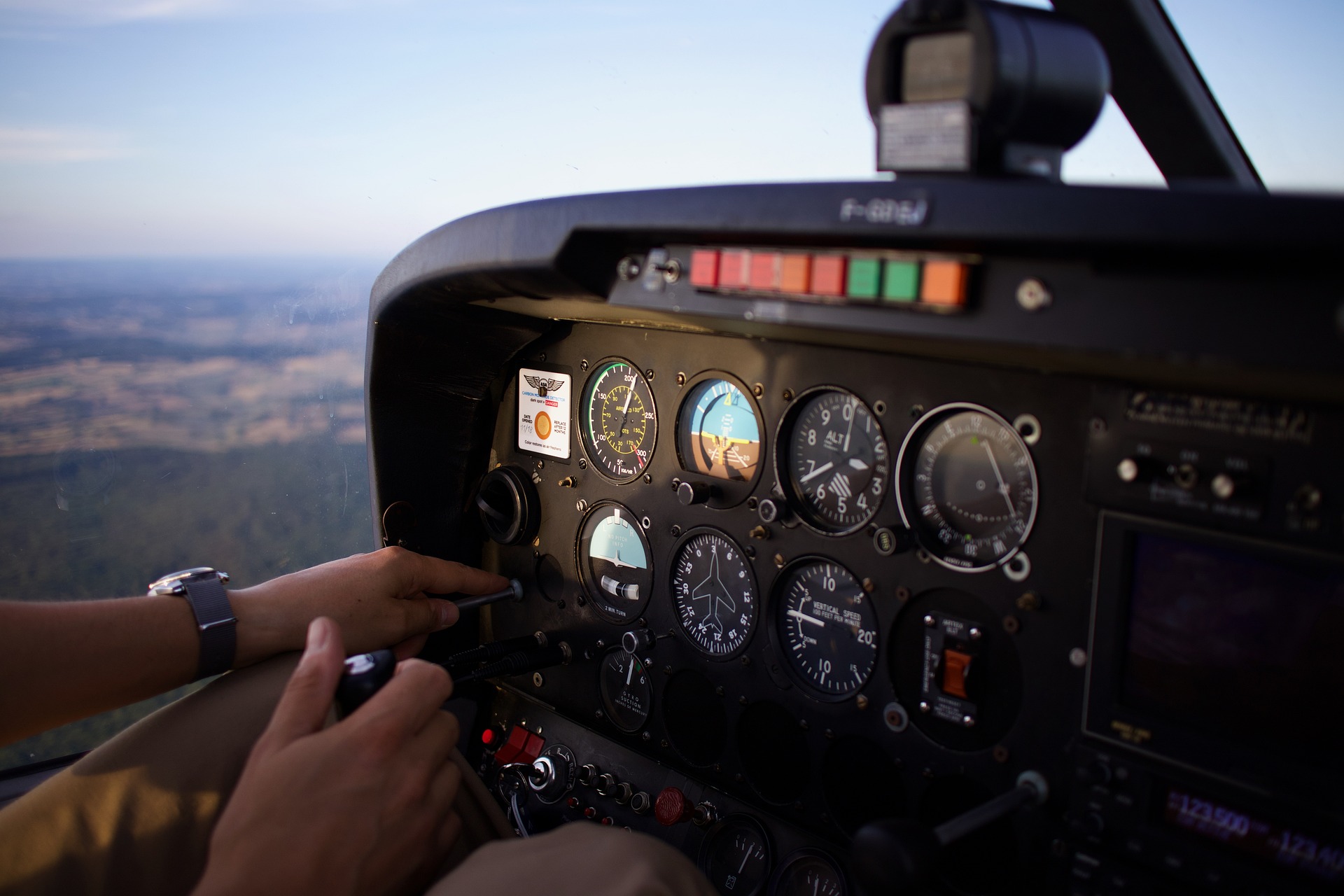Aviation Training Explained: Pathways to Becoming a Pilot
Discover how comprehensive aviation training prepares you for the cockpit. From ground school fundamentals and advanced flight simulators to real-world flying hours and aircraft types, this guide covers timelines, costs, and what to expect at each stage. Ideal for aspiring pilots planning a career in commercial, private, or recreational aviation.

The foundation: ground school and why it matters
Every pilot’s education begins with ground school — the classroom portion that builds the theoretical knowledge required for safe flying. Students study core subjects such as aerodynamics, meteorology, navigation, and aviation law. Practical topics like aircraft systems, flight planning, and radio communication procedures are also covered. Ground school can be taken in a traditional classroom setting or via accredited online courses, giving trainees the flexibility to balance study with other commitments while mastering essential theory.
Flight simulators: practice without the risk
Modern flight simulators play a pivotal role in pilot training. These devices recreate cockpit layouts and aircraft behavior for a range of airplane models, allowing students to rehearse normal procedures, instrument flying, and emergency responses. Simulators are particularly valuable for experiencing challenging weather, complex approaches, and unfamiliar airports in a controlled, cost-effective environment. By practicing in simulators, trainees gain confidence and competence before applying those skills in actual aircraft, reducing both risk and operational expense.
Hands-on flying: building real-world skill
Actual time in the air is the most critical component of any pilot program. Training typically starts with dual flights alongside a certified flight instructor, progressing toward supervised solo flights as proficiency grows. The required flight hours depend on the license sought. For example, a Private Pilot License (PPL) in many jurisdictions requires a minimum of about 40 hours of flight training, while Commercial Pilot License (CPL) programs often call for around 250 hours or more to meet regulatory and competency standards. These minimums represent regulatory baselines; most students benefit from additional hours to refine skills and meet personal or airline hiring standards.
Aircraft used for training
Initial flight training is usually done in light, single-engine airplanes that are stable and forgiving for learners. Common primary trainers include the Cessna 172 Skyhawk, Piper Cherokee series, and Diamond DA40. Their predictable handling and straightforward systems make them ideal for mastering basic maneuvers and flight procedures. As trainees advance, they may transition to more complex aircraft featuring retractable gear, variable-pitch propellers, or multi-engine configurations, depending on career objectives such as charter, corporate, or airline flying.
Typical timelines and factors that affect progress
How long it takes to complete aviation training varies considerably. A PPL can often be earned within 3–6 months if pursuing full-time study, while a CPL may span 12–24 months. Preparing for an Airline Transport Pilot (ATP) certificate and meeting the experience requirements can take 24–36 months or longer. Several variables influence these timelines: weather interruptions, aircraft and instructor availability, the intensity of study, and the student’s previous experience or aptitude. Accelerated programs exist for those who can commit full-time and afford the associated costs, but they demand significant dedication.
Costs and program options
Training expenses differ by region, school, and aircraft type. Below is a general outline of program lengths and estimated cost ranges for common pilot qualifications.
| Training Program | Duration | Estimated Cost (USD) |
|---|---|---|
| Private Pilot License | 3-6 months | $10,000 - $15,000 |
| Commercial Pilot License | 12-24 months | $50,000 - $80,000 |
| Airline Transport Pilot License | 24-36 months | $80,000 - $150,000 |
Prices, rates, or cost estimates mentioned in this article are based on the latest available information but may change over time. Independent research is advised before making financial decisions.
How training adapts to career goals
Training pathways can be tailored to your ambitions. Recreational pilots may stop at a PPL and enjoy private flying, while those aiming for airline careers follow structured CPL and ATP milestones, often adding instrument ratings and multi-engine endorsements. Flight schools and academies vary: some offer modular training (pay-as-you-go stages), while integrated programs bundle ground school, simulator time, and flight hours into a full-time curriculum that mirrors airline standards.
Safety, technology, and ongoing learning
Aviation training emphasizes safety culture and continuous learning. Advances in avionics, flight-deck automation, and simulator fidelity mean curricula are constantly updated to prepare pilots for modern cockpits. Beyond initial certifications, ongoing training — recurrent checks, type ratings, and proficiency flights — keeps pilots current and enhances safety throughout their careers.
Final thoughts
Becoming a pilot is demanding but deeply rewarding. Structured ground instruction, realistic simulator practice, and progressive hands-on flying collectively build the knowledge and confidence needed to command an aircraft. Timelines and costs vary, but the investment pays off with the opportunity to work in commercial aviation or enjoy lifelong personal flying. Research schools carefully, consider the training format that best fits your schedule and budget, and remember that dedication and consistent practice are the keys to success in the skies.






